San Benedetto del Tronto, the pearl of the Riviera delle Palme

Sailing along the picturesque Trabocchi Route, an exciting experience awaits travellers at San Benedetto del Tronto, with its welcoming Tiziano Marina. With a capacity of over 800 berths, it is the ideal starting point for exploring the splendours of a generous hinterland. Every year the Circolo Nautico Sambenedettese and the Lega Navale Italiana of San Benedetto del Tronto organise cultural evenings with music and shows of various kinds. The discovery of San Benedetto del Tronto begins from its enchanting seafront, an oasis of peace and well-being, almost five kilometres long, which can be walked or cycled along to discover ten botanical gardens, recreational areas, the Palazzina Azzurra and the lighthouse that dominates the central Adriatic. The heart of the promenade is the "Museo del Mare" which is located in the complex of the Wholesale Fish Market on the northern pier of the city port, which houses the Antiquarium Truentinum, the Amphora Museum, the Augusto Capriotti Fishing Museum and the Marche Maritime Civilisation Museum, and in the upper town with Villa Marittima and the Sea Art Gallery. This is a unique opportunity to stroll through the charming old town centre, which combines the beauty of maritime tradition with history, monuments and ancient architecture. The old town is dominated by the 14th century hexagonal Gualtieri Tower and the Torrione, whose clock marks the hours of the day, a symbol of the city and a landmark. Also in the historical centre are: the Sanctuary of Our Lady of the Blessed Sacrament, the Cathedral of Santa Maria della Marina, the Church of San Giuseppe, the Bishop's Palace, the Teatro Comunale Concordia. On the seafront, at the southern pier, there is the “Museo d'Arte sul Mare” (MAM), a collection of 145 works of art that open out onto the Adriatic Sea. A visit to the Sentina Nature Reserve, on the border with Abruzzo, is an opportunity to get in touch with nature. Here you can see migrating birds as well as a stretch of sandy beach with an unspoilt hinterland. For gourmets, there is nothing better than brodetto alla sambenedettese, a fish soup seasoned with bell peppers and vinegar.
Grottammare Alta, the magic of a village perched high above the sea

When you are in San Benedetto del Tronto, do not miss Grottammare Alta, a charming village overlooking the sea, which has been listed as one of the most beautiful villages in Italy. We suggest you follow the Pericle Fazzini itinerary, a route divided into eight stages that cover each sector of his work, winding from the coast to the hills. Free of charge, all you need are comfortable shoes, a little time and the desire to retrace the career of the great artist, born in Grottammare in 1913. Starting from the coast, where the cycle path to Cupra Marittima climbs up the cliff, Fazzini's works will accompany the visitor to the upper town, full of houses, narrow streets and small squares full of poetry, small shops and excellent restaurants, but above all wonderful views of the sea. The collection of the sculptor's works is exhibited in a permanent museum in the Torrione Battaglia. The heart of the town is the romantic and intimate Piazza Peretti, whose cobbled pavement is overlooked by the Church of San Giovanni Battista. Felice Peretti, the future Pope Sixtus V, was born here and the Sistine Museum, housed in the church itself, is dedicated to him. If you have time, continue along the coast to Torre di Palme, a charming village with a spectacular viewpoint.
Ripatransone: the ' Belvedere del Piceno' with the narrowest alley in Italy

After departing from Grottammare, the second day begins with a visit to Ripatransone, situated in a panoramic position that has earned it the title of "belvedere del Piceno". This charming town is a member of the Italian National Association of Oil Cities Cities of Honey and boasts the Orange Flag. Its most famous attraction is the Narrowest alley in Italy, a street so small it does not even have a name and is only 43 cm wide! Despite its small size, it meets all the criteria to be considered an alley, with its paved floor and the presence of at least one window or door facing it. Inside the village, Corso Vittorio Emanuele II and the surrounding squares are characterised by the presence of important monuments that tell the story of the city's history and culture. These include the Cathedral, the Palazzo Comunale, the 14th century Palazzo del Podestà, the Mercantini Municipal Theatre, the Museo Civico Palazzo Bonomi Gera, the Ethnographic History Museum, the Luigi Mercantini Risorgimento History Museum and a contemporary art gallery. The Cesare Cellini Civic Archaeological Museum is well worth a visit. It houses numerous prehistoric, Piceno and Roman finds from the municipal territory and the ancient Ager Cuprensis, the Museum of Peasant and Artisan Civilisation, which documents the rural tradition of the town, and the Pottery Museum, attached to a production workshop, with over eight hundred terracotta pieces, including the typical whistles called "cuchi". The area is famous for the production of extra virgin olive oil and DOC wines, such as Falerio dei Colli Ascolani and Rosso Piceno Superiore, which invite visitors to taste the authentic flavours of the region.
Montalto delle Marche: the “dearest homeland” of Pope Sixtus V

Our journey takes us to Montalto delle Marche, a village situated in the hilly area that stretches from the Adriatic coast to the Sibillini mountains, just twenty minutes from both the sea and the mountains. Inside the village, Montalto conceals a treasure trove of mediaeval architecture, such as the walls and gates that still encircle the ancient settlement. Noble palaces such as Palazzo Sacconi, Palazzo Paradisi and Palazzo Pasqualini stand majestically, along with numerous religious buildings, including the Cathedral dedicated to Santa Maria Assunta. The city was the birthplace of illustrious personalities such as Pope Sixtus V, known as the "Tough Pope", and the architect Giuseppe Sacconi, designer and director of the work on the Vittoriano in Rome, whose studio has been reconstructed in the city's Pinacoteca Civica. The gifts donated by Pope Sixtus V to his native town are preserved in the Sistine Museum of Montalto Marche, housed in the former bishop's seminary, where the splendid Montalto Reliquary stands out, an absolute masterpiece of 14th century French goldsmith's art, made of gold and precious stones. Another attraction is the Museo delle Carceri (Prison Museum), where graffiti and drawings by prisoners decorate the walls of the cells, and a sound system allows visitors to listen to the prisoners' stories performed by a theatre group. Close to the historic centre is the Sixtus V Fortified Mill, an imposing 14th-century structure whose striking architecture and defensive battlements testify to centuries of history and tradition. The surrounding area deserves special attention: just a few kilometres away are three municipalities recognised as Authentic Villages of Italy: Carassai, made up of two inhabited nuclei, the "Old Castle", which seems to date back to feudal times, and the "New Castle", built in the 14th century; Montedinove, which preserves the remains of its high mediaeval walls, and which unfolds through narrow cobbled streets, Rotella, a characteristic town in the Piceno hinterland.
Castignano, hunting for the Templars and the numerous symbols present among the streets and buildings of the village

The second day ends in Castignano, built on the highest of the five twin hills that rise between the upper Tesino valley and the head of the Chifenti stream. Surrounded by suggestive, steep ravines, the town stands out with its unmistakable pyramidal profile, supported by a colossal wall and dominated by a Romanesque tower with a high spire. From the square at the top of the town you can enjoy a splendid panorama that includes the Conero, the Sibillini, the Gran Sasso, the Maiella and the sea. The most ancient testimony of its past is the "Stele di Castignano", a funerary stele found in its territory. It contains a Picene inscription dating back to the 6th century BC. It is one of the most valuable pieces in the Archaeological Museum of Ascoli Piceno, where it is kept. The historic centre is like an open-air museum, with Romanesque churches and mediaeval and Renaissance buildings huddled together in a maze of narrow, winding streets. Timeless, it preserves intact the colours and flavours of the past, the stories of nuns and monks, of soldiers and tyrants, of invaders and heroic battles, of artists and craftsmen, but above all of the Templars. The Templars were active in Castignano for many years. The town was a crossroads for pilgrims travelling from Rome to the ports of embarkation for the Holy Land. In the 12th century they built the church of Santa Maria del Borgo, which still has the plaque of the TAU above the arch of a portal. This symbol of the cross, used in the Middle Ages, was adopted by their powerful military order. The Templaria festival, held in August, is dedicated to the history of the Templars. Castignano Green Anise, a Slow Food Presidium, is an essential ingredient in the production of the famous aniseed liqueur, a typical product of the Ascoli area, traditionally used to make sugar-coated confetti and to flavour ring-shaped pastries called “ciambelline”.
Offida, a jewel embroidered on the hills

The third day brings us back to San Benedetto del Tronto. A stop in Offida, one of the most beautiful villages in Italy, is a must before finishing the journey. Located on a rocky spur between the Tesino and Tronto valleys, Offida is famous for the laborious and patient art of delicate bobbin lace-making, an ancient tradition to which a special museum is dedicated in the Museum Centre of Palazzo De Castellotti. The visit starts from the Monument to the Lacemaker, created in 1983 by the local sculptor Aldo Sergiacomi, which immediately introduces you to the soul of the village, embroidered - we can say - on the patience of the women who make the bobbin lace. From here you can quickly reach Piazza del Popolo, the heart of Offida, with its unusual triangular shape, which overlooks buildings of different styles and materials. From the portico of the town hall, you can reach the splendid Serpente Aureo Theatre, built in the 19th century and rich in stuccoes and gilded carvings. The most important religious building is located on the outskirts of the town, on a cliff with steep walls: it is the Church of Santa Maria della Rocca, an imposing example of Romanesque-Gothic terracotta architecture. Offida is not only history and art, but also uncontaminated nature and breathtaking landscapes. The paths that wind between the historical centre and the surrounding countryside invite you to discover the authentic beauty of the area, offering views that include the Sibillini Mountains and the Mount of Ascension, natural spectacles to be admired in every direction. And when it comes to delighting the palate, Offida doesn't disappoint. From the traditional "chichì ripieni", a stuffed focaccia rich in Mediterranean flavours, to the anise-flavoured sweets known as "funghetti", every bite is a journey into flavour. Not forgetting the famous Terre di Offida DOC and Offida DOCG wines.
Acquaviva Picena, the village of “paiarole”

On the way back, you will come across another jewel of the Marches: Acquaviva Picena, a charming centre in the immediate hinterland of San Benedetto del Tronto. The village, which has been awarded the prestigious Orange Flag, stands out for its Medieval Fortress, an authentic masterpiece of Renaissance military architecture. Its origins date back to the 14th century, when it was built by the noble Acquaviva family. But it was not until 1474 that the fortress took on its current configuration, thanks to the project of the architect Baccio Pontelli. The streets of the village run almost parallel to each other and are connected by stepped ramps. An example of this is the picturesque Vicolo del Trabucco, where in ancient times war machines similar to catapults were stored. A traditional activity is the handicraft production of straw baskets according to a method handed down from generation to generation. An interesting and characteristic museum is the "Pajarola” Museum, which houses a large collection of baskets, kitchen utensils, dolls made of straw, wicker and natural materials.
Monteprandone, in the footsteps of San Giacomo della Marca

The last stop on the route is immersed in the beauty of the Marches, just five minutes from the golden beaches of San Benedetto del Tronto: Monteprandone, a hilly jewel offering breathtaking views of the Adriatic Sea, the majestic Sibillini Mountains and the Gran Sasso. The toponym "Monteprandone" tells a fascinating story, coming from the combination of the word "monte" and the name of a person of Germanic origin, "Prando" or "Prandonis", who, according to tradition, was a brave warrior of Charlemagne. This suggestive etymology takes us back in time, evoking images of heroes and legendary adventures. Even today, part of the 14th and 15th century walls, with the medieval gate of Borgo da Monte, bear witness to the ancient grandeur of this land and invite us to immerse ourselves in its glorious past. Walking through the village, the church of Santa Maria delle Grazie and the Franciscan convent complex, founded in 1449 by San Giacomo della Marca, an illustrious son of this land, stand out. The Saint's mortal remains lie here, giving the place a sacred and evocative atmosphere. In the cloister of the convent, the Museum of the Sanctuary of San Giacomo della Marca houses a priceless collection of relics and sacred objects, including an early 15th-century ivory triptych, a splendid reliquary bust of San Giacomo in carved, gilded and painted wood, and an early 18th-century Stations of the Cross from the Franciscan church. Don’t miss the church of San Nicola di Bari, which preserves a fourteenth-century wooden crucifix and a pipe organ built in 1839 to a design by the Perugian Angelo Morettini, one of the first examples of modern organs enclosed in a high wooden case. From the village of Monteprandone, lose yourself in the beauty of the roads that connect the five hills of the area to other surrounding towns.







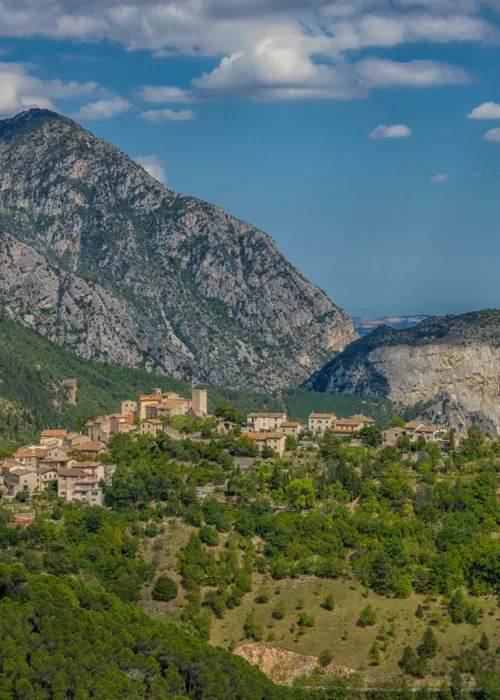

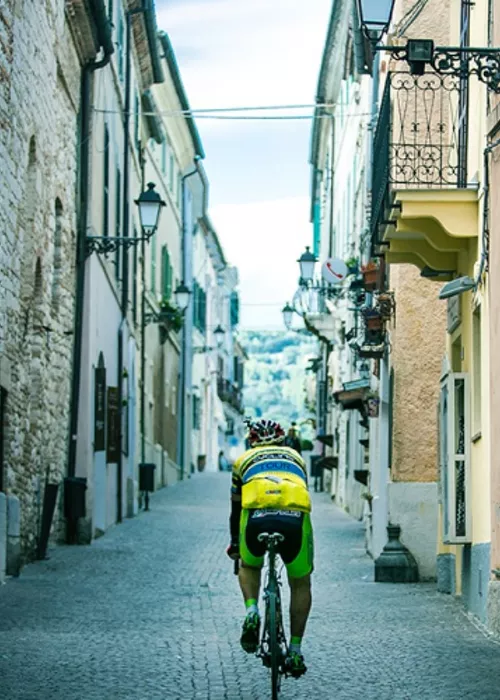
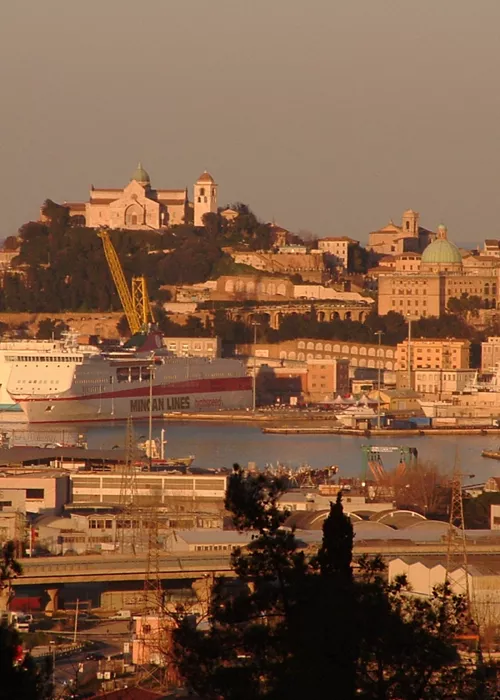
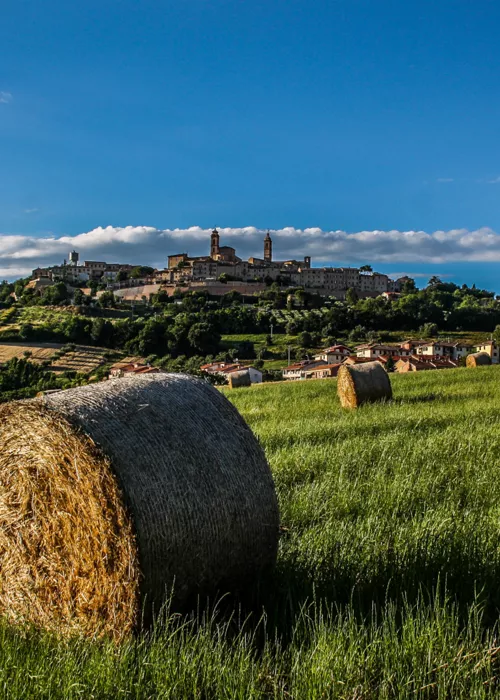

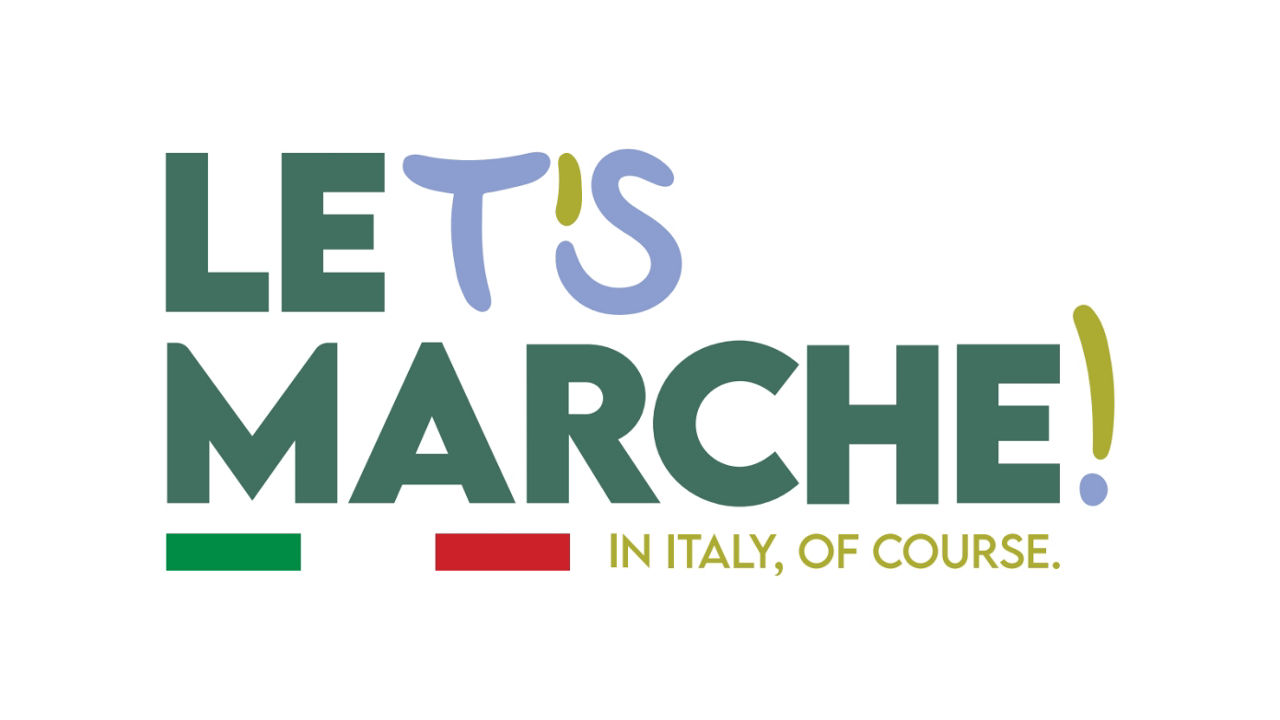
?wid=500&hei=700&fit=vfit,1&fmt=webp)

